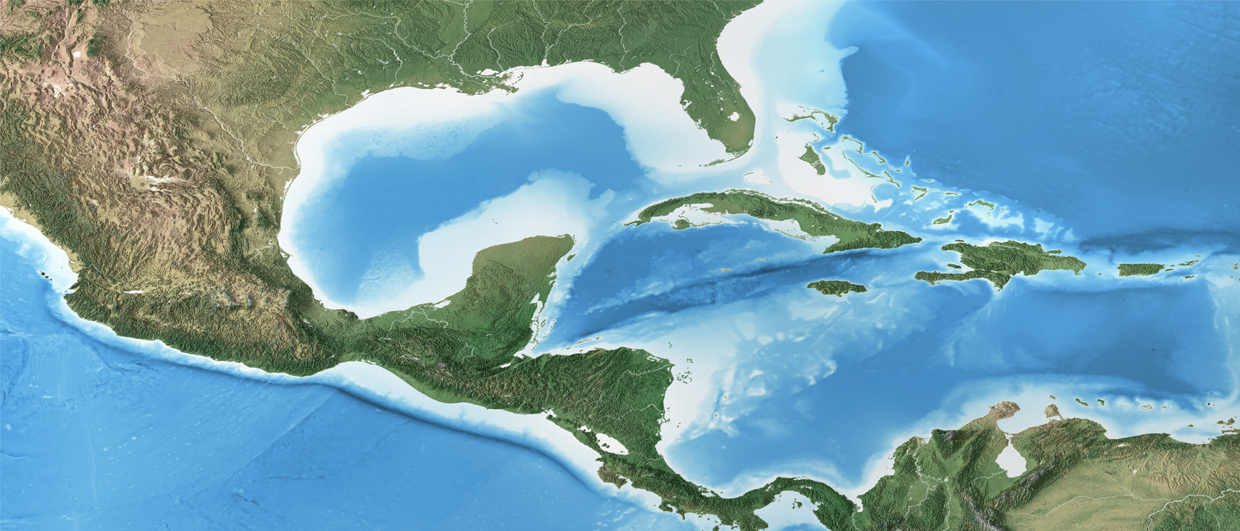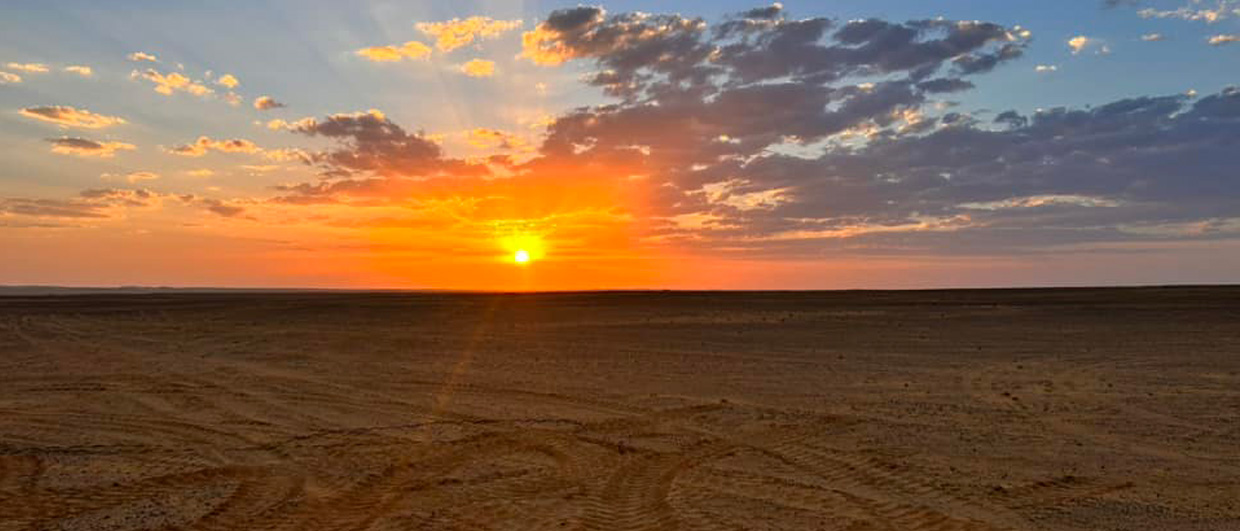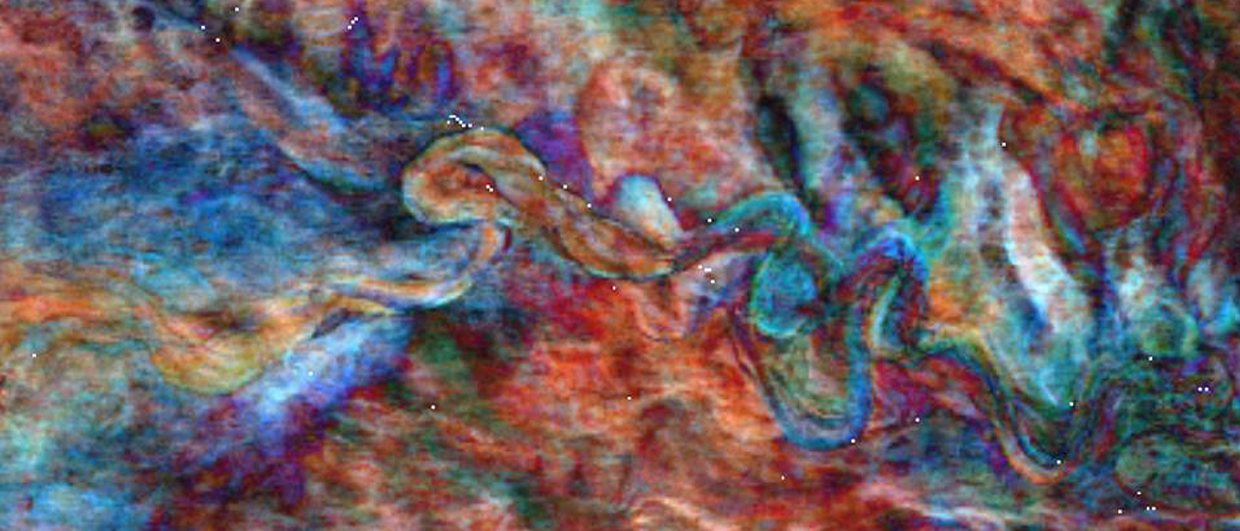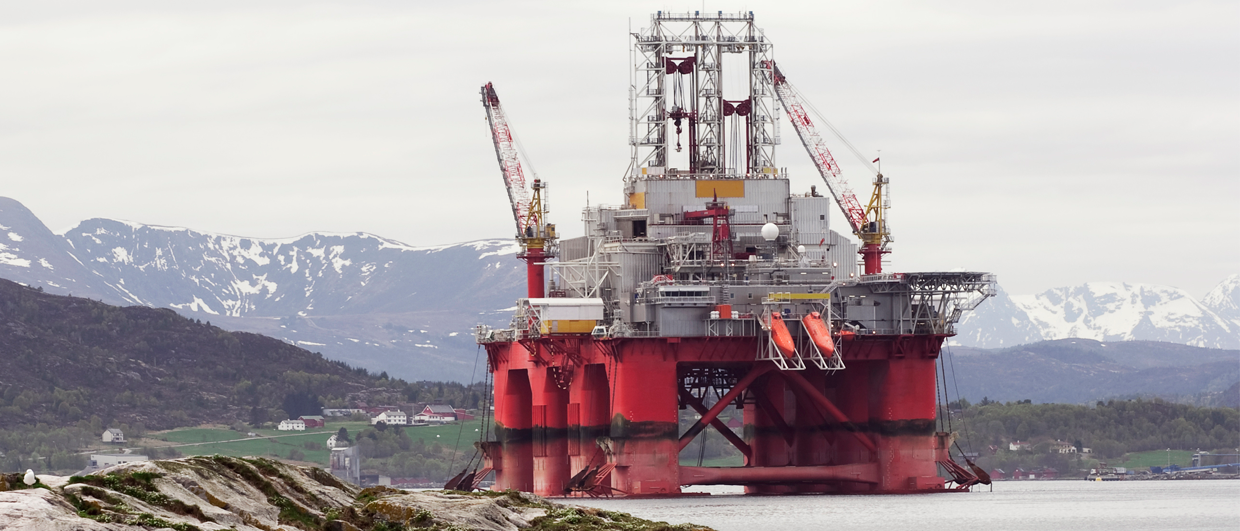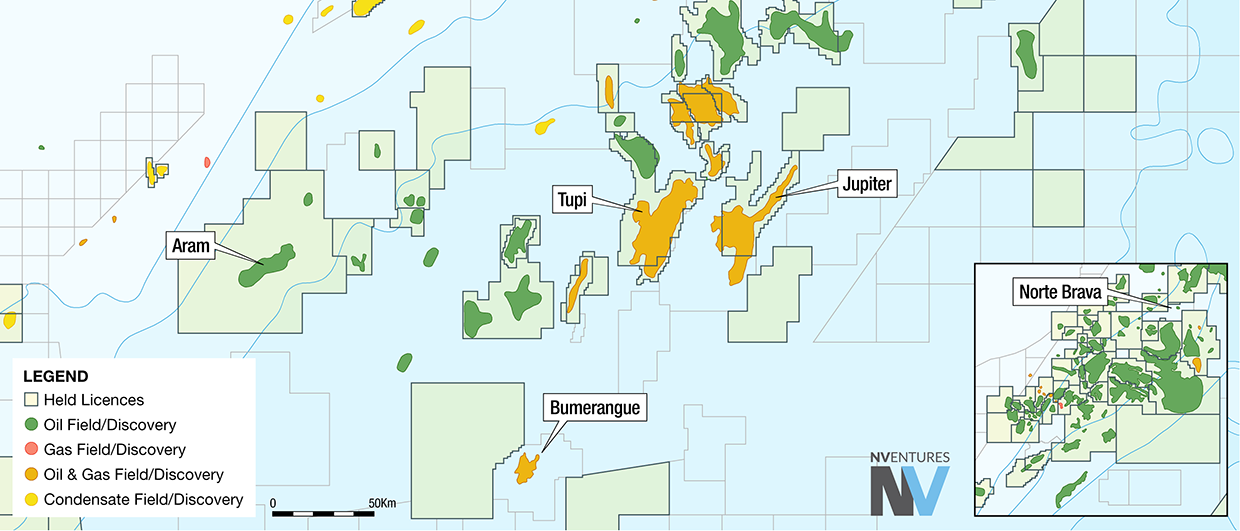The name of the discovery may suggest that it is the most distal find in the Gulf of Mexico ever, but that is not the case. bp’s recently announced Far South find surely has more “neighbours” sitting in even more remote locations when looking at it from a USA coastline perspective.
Yet, the discovery is a success that deserves a note, both because it is a successful test of the Miocene play and it is also proving the point of acquiring new seismic – the discovery is located in an area that is part of the TGS / SLB Engagement sparse node OBN survey that was acquired in 2022.
Far South was drilled on Licence G36297, which was awarded to bp in 2018. Last year, it was reported that Chevron and Talos Energy farmed into the licence, but the latter transferred its equity back to bp during drilling of the Far South well. Chevron now holds 42.5 %, with bp having the remaining share.
The Miocene play
Whilst the nearby Constellation field produces from Pliocene sands, according to data from Westwood Global Energy shared with us, it is likely that the primary target for the Far South well was Miocene reservoirs.
Westwood also reported that nearly 50 wells targeted the Miocene play in the Gulf of Mexico since 2020, with 16 making potentially commercial discoveries. The average size of the commercial discoveries only stands at 34 MMboe, which suggests that the play has not delivered big discoveries over the past few years yet.
Source presence and maturity are viewed as low risk by Westwood, which is no surprise given the widespread occurrence of source rocks in the oil window in the Gulf, as well as the presence of proven fields around Far South. However, charge access is a trickier play factor according to the intelligence firm, with various dry holes in the sub-salt Miocene play due to the complex migration pathways required from the Tithonian source rock.
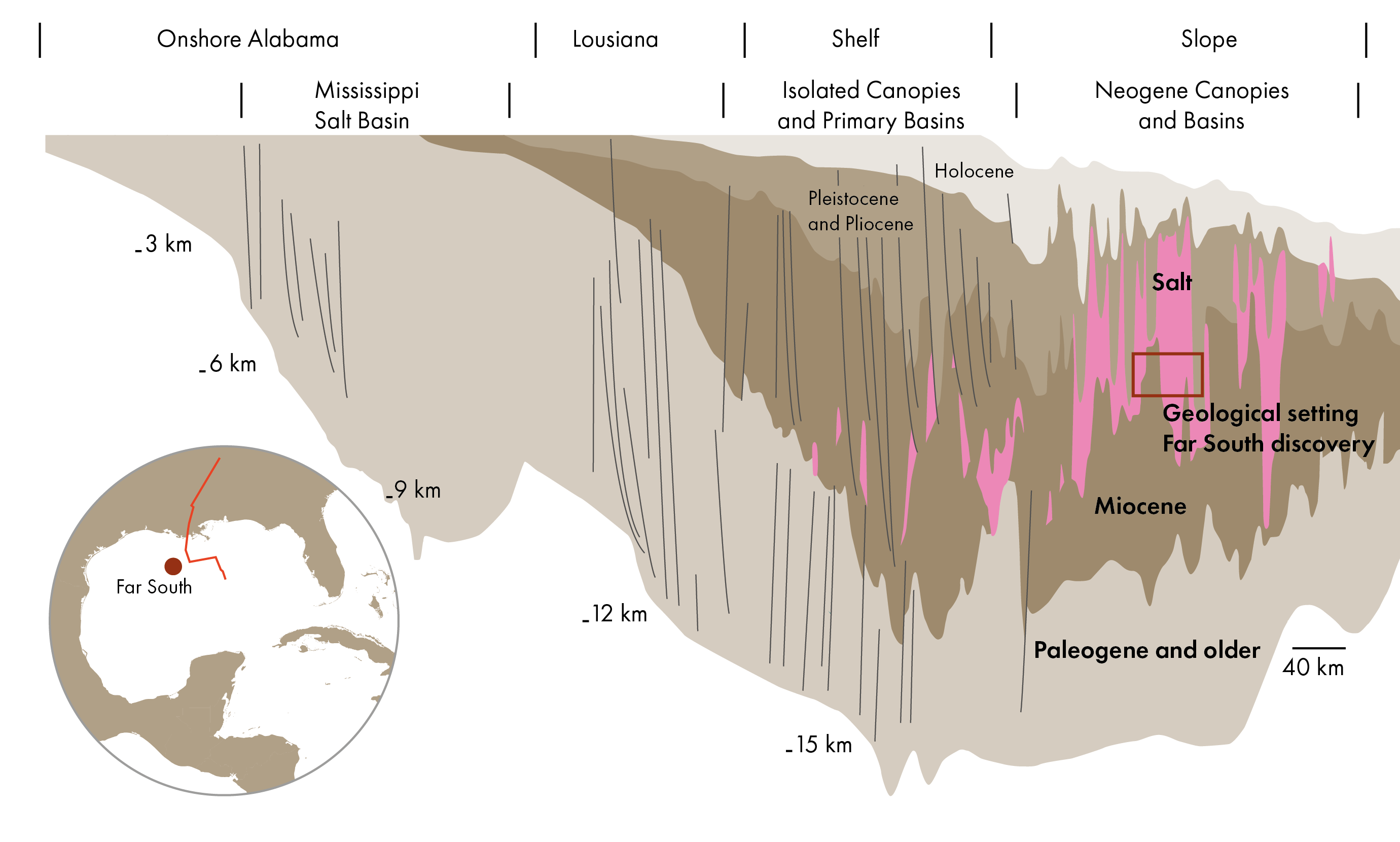
New seismic
Newly acquired seismic data across the Gulf of Mexico is generally considered the main driver to continued drilling success in this mature basin, allowing companies to drill even deeper below mobile evaporites that have always obscured imaging.
The Far South discovery is located in the Engagement 2 seismic survey performed by TGS and SLB, which uses ultra-long offsets and FWI algorithms to build an accurate velocity model to improve imaging. The quality of the imaging will have been key to better map prospect volumes and to identify the reservoir sands.
A tie-back to a tie-back
Volumes have not been shared by the operator, but a report from Rystad, which we have seen, estimates the Far South discovery to host a recoverable volume of nearly 70 MMboe. Rystad also expects that the project is likely to be approved in 2027 as a subsea tie-back to the nearby Constellation field, which is a single-well subsea tie-back in itself already.

